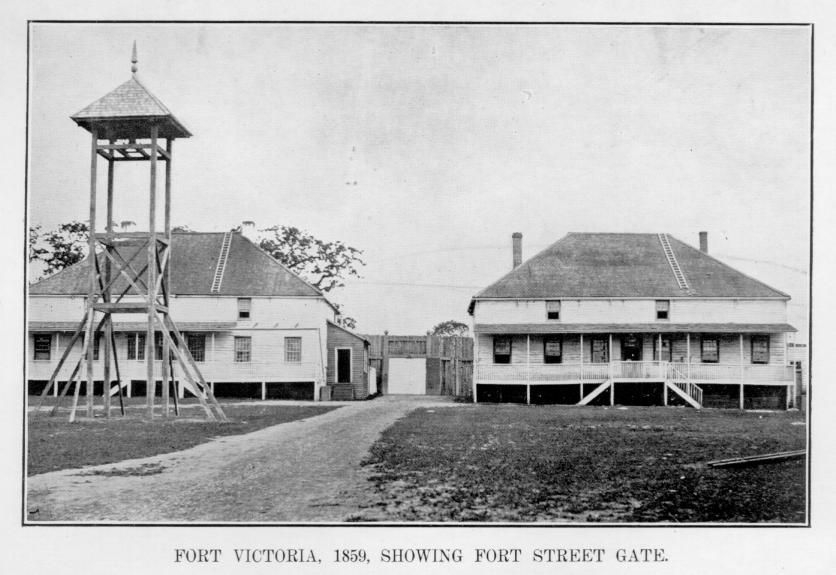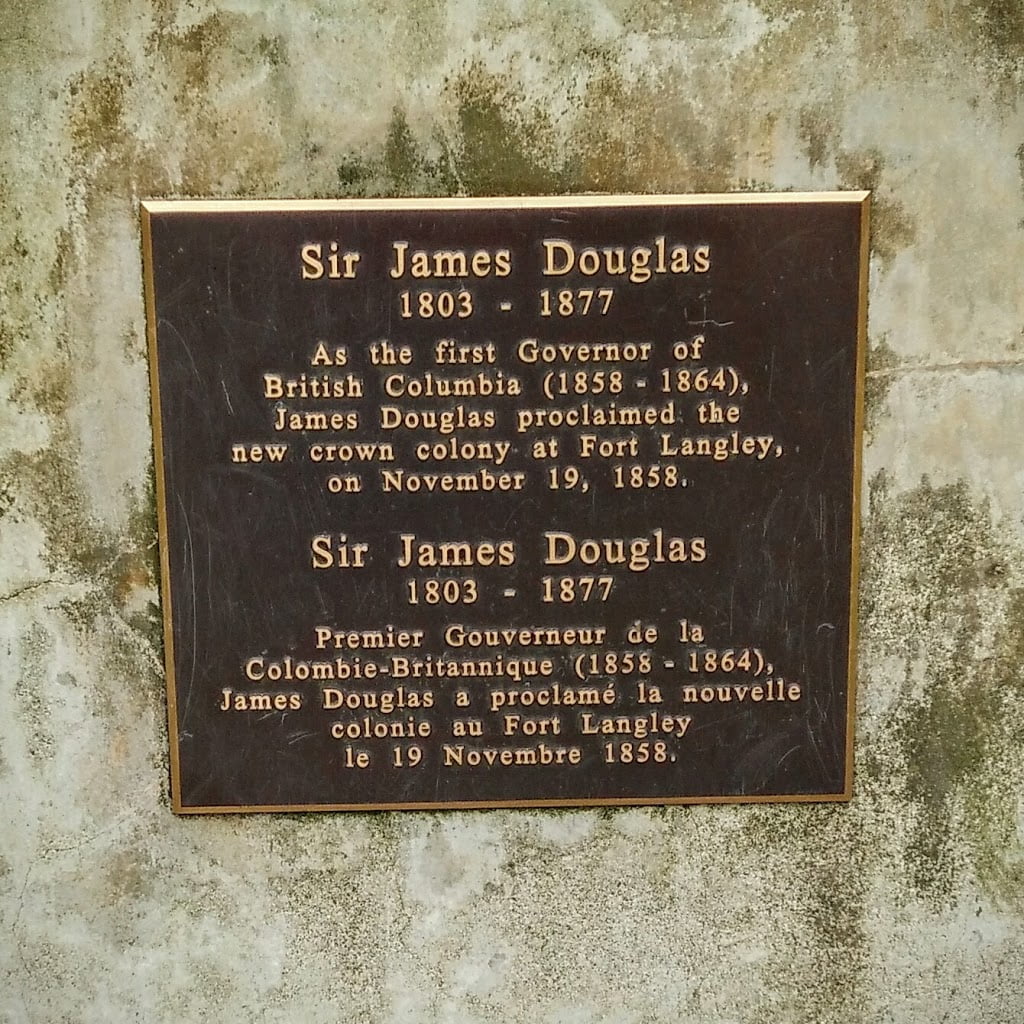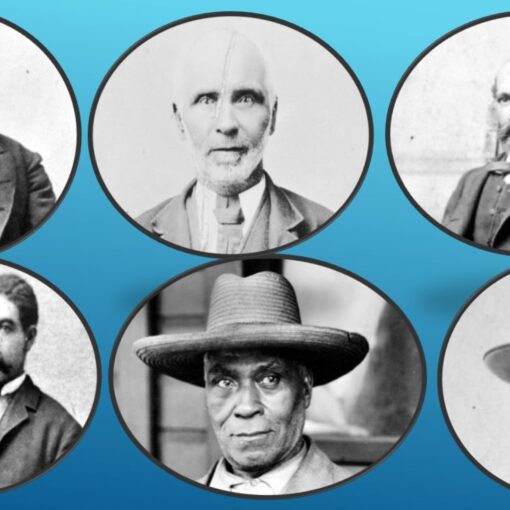James Douglas was born in Demerara, British Guiana, which is now Guyana, in 1803. His father was a Scottish merchant with commercial interests in sugar plantations, his mother was a free woman of Barbadian-Creole ancestry. In the records of the Hudson’s Bay Company (HBC) he is referred to as Scotch West Indian.
At the age of 12 he was taken to Lanark, Scotland, for schooling. In 1819, at 16 years old, he was apprenticed to the North West Company and became an employee of the Hudson’s Bay Company when the two great fur-trading companies merged in 1821.
James Douglas worked with HBC for about 20 years, rising to the top. He became Chief Factor for HBC at Fort Vancouver, Washington in 1839.
In the early 1840's the western boundary between the British Colonies and the United States was in dispute. During this period, Americans were flooding from the east and had contributed greatly to the success of the United States in the Oregon boundary settlement. Very early, James Douglas realized that the Columbia District headquarters of the HBC at Vancouver, Washington was in danger of being annexed by the Americans. At the headquarters of HBC in London, there was also concern.

Douglas recommended to the HBC Governor-in-Chief, George Simpson, that HBC move its Columbia District headquarters from Fort Vancouver (located in what is now Washington State) to the southern tip of Vancouver Island. HBC Chief Trader Charles Ross supervised the building of Fort Victoria in 1843-44; the new fort became the HBC headquarters for the Columbia District. The boundary between the United States and British Canada was established at the 49th parallel with the Treaty of Oregon in 1846; and that treaty awarded all of Vancouver Island to Britain. In 1852 Victoria was laid out as the capital of the new Crown Colony of Vancouver Island.
Douglas held 2 jobs. One as Chief Factor for the Hudson's Bay Company operating from Fort Victoria and the other as Governor of the Crown Colony of Vancouver Island. This colony remained as a separate British Colony from the mainland until 1866. Meanwhile, the mainland functioned under the defacto administration of the HBC, whose chief executive was James Douglas.
In 1858 the mainland area became the Colony of British Columbia, Douglas was named Governor and he continued as Governor of Vancouver Island; and he had 2 key challenges. The HBC was granted exclusive proprietary rights over Vancouver Island on the condition they would establish a substantial British settlement within five years; and gold was discovered along the Fraser River around 1853/1854, in 1856 the extent and potential impact of this discovery on territorial boundaries became obvious.
Douglas knew what had happened during the California gold rush when an estimated 300,000 Americans from other states and people from abroad flooded into California. Douglas desperately needed settlers and he needed them quickly, settlers who could help to cement Victoria as a British administrative, business and mining hub, thwarting any attempts by the Americans to re-assert territorial authority.
Through his time and experiences as Chief Factor of HBC and Governor of the Colony dealing with territorial, commercial and political issues, Douglas would have been cognizant of the discriminatory laws, racial tensions, frustrations and obstructions that Blacks in California were facing.
In April 1858 Douglas sent an invitation to the Black community in San Francisco via Jeremiah Nagle, captain of the steamship Commodore that sailed regularly from Victoria to San Francisco. On April 25, 1858 the Pioneer Committee of 35 Blacks from San Francisco arrived in Victoria to meet with James Douglas.
Some people were skeptical, saying that one year in a northern climate or failing crops would send the settlers right back toward the south. However, the Blacks that had come at James Douglas’s invitation were looking for a place where they could raise their families, buy land to farm, build homes, churches and schools, conduct business, and work productively in the trades. In 1977 the Government of Canada recognized this migration as an Event of National Historic Significance.
 The settlers flourished, as did James Douglas and British Columbia. Queen Victoria knighted Douglas in 1863 for his invaluable service to the Crowns.
The settlers flourished, as did James Douglas and British Columbia. Queen Victoria knighted Douglas in 1863 for his invaluable service to the Crowns.
In 1866, the colonies of Vancouver Island and British Columbia were amalgamated as the Colony of British Columbia.
In 1871 this Colony of British Columbia became the 6th province of Canada.
Because of his energy, resourcefulness and intelligence as founder of the first major British settlement on the west coast, he is remembered as “The Father of British Columbia.”
Sir James Douglas died at his residence in Victoria from a heart attack on August 2, 1877 at the age of 74.
Quick Facts
First Governor of British Columbia
Birth: August 15,1803, British Guiana
Death: August 2, 1877, Victoria, British Columbia
Spouse: Amelia Connolly
Parents: John Douglas, Martha Ann Telfer
Siblings: Alexander, Cecelia Eliza




